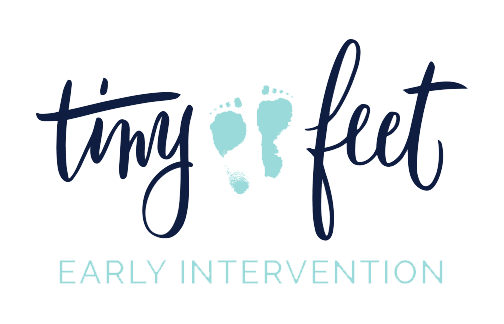So far, I have shared my favorite toys & activities for manipulative play & physical play. Today, I am going to continue sharing some of my favorite tools and activities for dramatic play! Whereas manipulative and physical play are focused on motor skills, facilitating dramatic play is a little different because now we're talking about sparking the imagination and some higher level cognitive (thinking) skills.
I love dramatic play. Stimulating a child's imagination feels magical. Children can be so creative; you never know what they're going to come up with! But you are sure to have a great time and make memories that will last a life time!
For dramatic play, be prepared to use all the things you were thinking you'd be throwing away. This includes any bottles, boxes, or well used storage containers. These are going to be the tools. On the other hand, you could just buy some great props. I'll be including several dramatic play ideas and a variety of tools to complete each activity! You pick what works for you- might be somewhere in between!
Great Ideas & Tools for Dramatic Play:
Life Over C's
Photo by Amy at Serving Pink Lemonade Blog
Farm: A great pretend play activity for the little ones! Mom can serve as the farmer while the kiddos get to pretend to be different animals. For the youngest ones, it might be a good idea for Mom to model pretending to be the animal and allowing them to imitate. You can practice animal sounds and names!
Grab What You Have: You can show pictures of animals on the iPad or computer. Then use these free printables (Life Over C's) to make masks and pretend to be all the farm animals!
Pre-Made Resources: Pick up some farm animal masks. You can find really cheap options (these are currently $6) with a variety of animal faces!
Superheros: I think this is one of the first dramatic play activities a lot of children pick up. Maybe this is because our culture has a plethora to choose from right now or maybe because "flying" (aka running through the house) is so much fun with a cape and a mask!
Grab What You Have: Grab your pillow cases or towels and clothes pins so they can serve as your capes. Then make masks using paper plates & markers or crayons! Kids will feel very proud of their custom-made mask!
Pre-Made Resources: If you're looking for a simple resource you can always have on hand, Amazon has some excellent options! Check out this 5-pack of superhero costumes!
Doctor: Playing doctor is a favorite at our house! Apparently, I'm an invalid because my son is always asking, "Mommy, your head hurt?" He goes to get his doctor kit and is all set to cure whatever ails me!
Grab What You Have: Mom's white button up shirt works well for a doctor's coat (or pick up one from Miracle Hill). Use the couch as the examination table, and set up 2 chairs with some books for the waiting area. Here is a fun DIY stethoscope by Serving Pink Lemonade! How cute is that??? Prescribe some M&Ms, and you're on your way to a healthy recovery!
Pre-Made Resources: Fisher Price Makes a great medical kit that includes the doctor's coat, doctor's bag, stethoscope, blood pressure cuff with "working" pump, thermometer, syringe, and bandage. Check is out here on Amazon!
Lemonade Stand: If you're having a yard sale this spring, help your child set up a real lemonade stand! We did this last year when my son was 2, and he loved it! It took a good bit of assistance from me, and I'm pretty sure he spilled as much lemonade as he sold. He also drank the majority of lemonade and ate his fair share of chocolate chip cookies. We had a ball! After we had our real lemonade stand, we continued having make believe lemonade stands in our play room!
Grab What You Have: Take 2 chairs and throw a sheet over them to make your stand. Have your child have you draw your sign using whatever paper and markers you have on hand. If you have cookie mix or dough, throw some together! Or use play food if your already have that. Grab some cups and some lemonade (or plan water). Now you're all set! For us, half the fun is mixing the lemonade and making cookies (most of the time it's a mix; I'm not typically the bake from scratch Mom). My kids are so proud of their creations!
Pre-Made Resources: There are so many options out these for pre-made lemonade stands. I'll share 3 with you:
Melissa & Doug Lemonade Stand- This is a fun addition if you're looking for a bigger and permanent piece for your play room. I love all the little bins, and it doubles as a grocery store!
HIDEABOO Easy Lemonade Stand Bundle- This has a nice table cover (for card table) that also serves as your sign and price tag, cute apron, and straws.
Sassafras Lemonade Stand Kit- This kit full of fun includes lemonade mix, sugar cookie mix, cookie cutter, wooden spoon, paper hat, paper price sheet, paper banner, recipe and instructions.
Melissa & Doug Lemonsade Stand
HIDEABOO Easy Lemonade Stand Bundle
Sassafras Lemonade Stand Kit












































